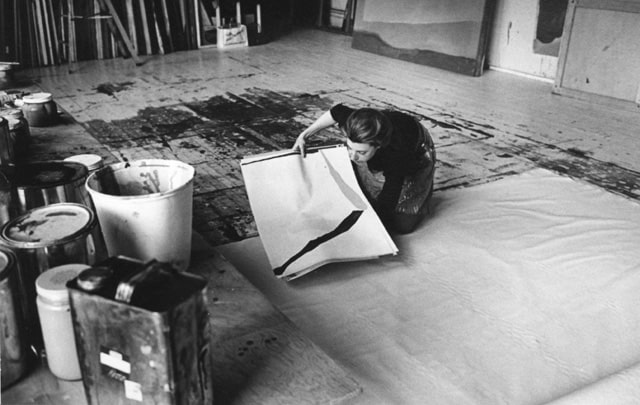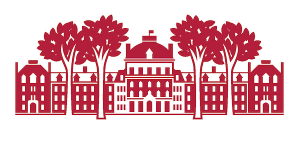
Instructor's Statement:
In this studio-intensive drawing and painting course, students will focus on cultivating their own individual, sustainable, long-term drawing and painting practices with a base of material familiarity and exploration of dry and wet media, and an expanded field of applications. We will consider both drawing and painting as parallel modes of making without historic hierarchy of media.
This course will explore the boundaries of material, form, color, and gesture through a rigorous investigation of mark making in all of its forms. Experimentation is required. Students should expect group critiques, one-on-one meetings with the instructor and A LOT OF DRAWING & PAINTING! This will be supplemented with slide lectures, film screenings, and required readings.
Each student should come to class prepared to work in appropriate clothing or smock/apron that can get dirty. Please plan accordingly.
In this studio-intensive drawing and painting course, students will focus on cultivating their own individual, sustainable, long-term drawing and painting practices with a base of material familiarity and exploration of dry and wet media, and an expanded field of applications. We will consider both drawing and painting as parallel modes of making without historic hierarchy of media.
This course will explore the boundaries of material, form, color, and gesture through a rigorous investigation of mark making in all of its forms. Experimentation is required. Students should expect group critiques, one-on-one meetings with the instructor and A LOT OF DRAWING & PAINTING! This will be supplemented with slide lectures, film screenings, and required readings.
Each student should come to class prepared to work in appropriate clothing or smock/apron that can get dirty. Please plan accordingly.
- Teacher: Kathryn Gegenheimer

Painting Processes is a “hands-on” painting course that will facilitate individual development of material practices by learning from historical and contemporary practices and techniques. Its approach privileges tactile experiences, gaining insight into the materiality of paint through in-class demonstrations and experimentation. Alongside this technical development, students will explore art material’s socio-political implications through the lens of economy, trade, science, and cultural trends. Learning methods include sharing practices, lectures, demos, readings, student research, group discussions, and critiques. By the end of the semester, students will be able to “customize” material practices to achieve purpose and intent within their work. This will lead to a clear vision of individual interests and connect art practices to material cultures and traditions that extend beyond the classroom.
- Teacher: Dani Levine
